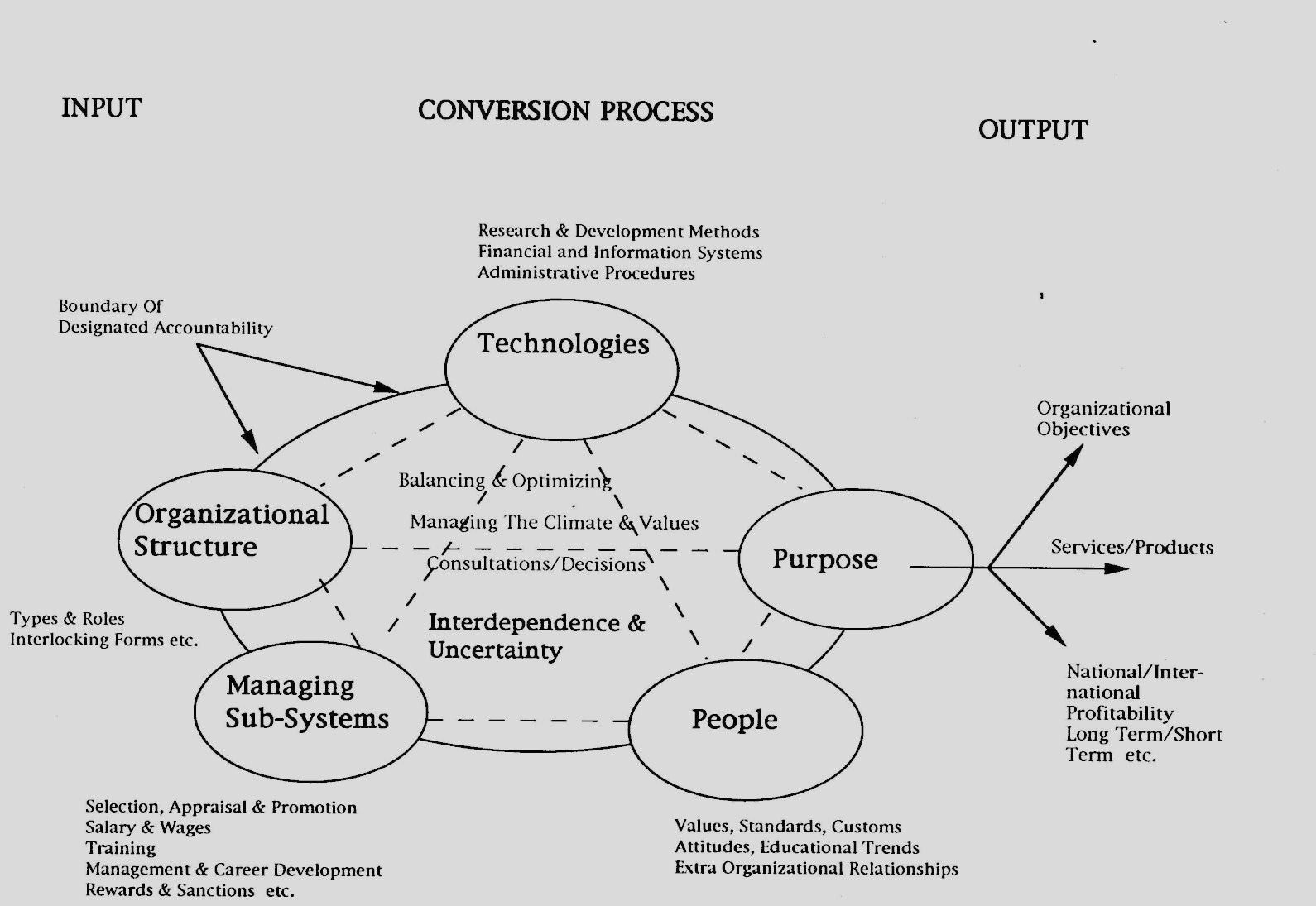In my last half-dozen posts I have been focusing on system theories of organization. I have done this because practitioners of organization development depend upon theories about what makes organizations tick. Nothing so practical as a good theory said Kurt Lewin, the mind behind action research. Well thought out theories helps us sort patterns and produces hypotheses about how it all hangs together- this system before us. Good theories are a basis for action. As we test our theories we develop design solutions, which have to be tested. Organization development is a diagnostic process and a design process. This is designing change. . . . .
(Read Part 1 before reading this Part 2.)
Eight Design Principles: PART TWO
To review- The first 4 principles are: the design process is important, how you do it needs to be complementary with what you are trying to accomplish. Don’t over-structure it, allow room for influence and change. Look for where it goes wrong and promote self-directed learning at the source of errors. Define the strategy and design a process to enable people to self-manage. To continue-
5. Boundary Location and Control:
Supervisors and managers have to grow to become more comfortable performing a role as a group resource, a beacon of coming changes and a coordinator across task group boundaries.
Traditional organizations group by: time, technology or territory. The weakness of this is that boundaries interfere with the desirable sharing of knowledge and experience and so learning suffers. The consistent social-technical message is if there are supervisors, they manage the boundaries as a group resource, insuring the group has adequate resources, coordinating activities with other groups and foreseeing coming changes. More and more these resource positions are disappearing as groups become more self-regulating. Often the presence of supervisors is an indication of a lack of success in a groups design, or unwillingness at higher levels to trust based upon a poor job of building the structure. When it is done right supervisors are superfluous at best and harmful at worse.
6. Information Flow:
Teams have to be deeply involved to determine what and where information is needed for self-direction. There needs to be a management commitment to provide information for task performance and learning. Information has to be provided where it is needed for self-direction, learning, and task improvement. Control has to be subordinated to achievement.
7. Support Congruence:
Goals, reward and support systems that integrate required behaviors have to be consistent. The reward and support systems have to be consistent with goals. Incentives have to be realigned to support team-based work structures. Individual based compensation systems are being modified continually to support many different team structures. Skill-based schemes and gain sharing are foundations for high performance.
8. Design and Human Values:
Task and organization design has to be oriented toward improving both the technical and the human components of the organization. The process of design must address the need for variation and meaning in work. It has to take into account the needs for continuous learning, involvement in decision-making, help and support between colleagues, and meaningful relationship between work and outside society, a desirable future. A re-design enterprise will be successful only if it unites a process of organization development, which includes work restructuring combined with a planning process that is both interactive and participatory.
9. Incompletion:
Design is a continuous commitment, a reiterative process. A design is a solution, which inevitably has to be changed, therefore it is critical to build learning and change ability into the team. Management has to appreciate that organization design toward high performance is a continuous process. What has to be learned is the process of design because it is a never-ending necessity. Deep in our organizations, people have to learn how to periodically re-fashion their organizational arrangements. Everything falls out of balance and has to be reviewed with an eye toward deciding upon changes necessary. In the early stages learning how to redesign is often more important than the design itself. The design will change over time and learning how to do it is a team life skill.
The basic message is that if you want people to assume responsibility for the work process you have to involve them in the work redesign process itself. Responsibility is the essence of self-management. To accept responsibility people have to define and make decisions. The tendency is for management to hand the operational people an output of redesign thinking done by others, and expect them to work it. Expecting also, the supervisors to supervise the implementation of a design which management has completed. The trick of organizing for real teamwork is getting everyone involved in the total systems improvement.
—————————
For more resources, see the Library topics Consulting and Organizational Development.
————————————————————————————————————————
Jim Smith has over 40 years of organization development experience in a wide range of organizations. He can be reached at [email protected] W. James Smith. Also, see his blog.











